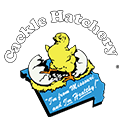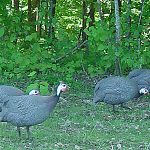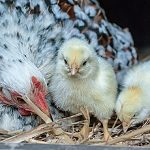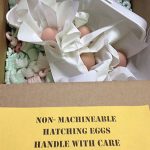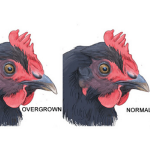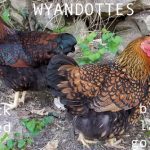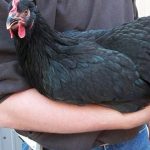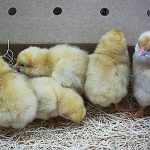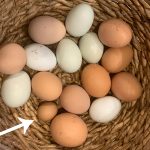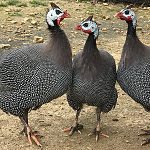
Guinea fowl are notorious for flying away, never to return. The problem is most likely to occur when guineas are moved to a new and unfamiliar location. Guinea fowl can be more easily encouraged to stay on the home place where they are raised. But getting them to stick around is more difficult when they […]
Continue Reading